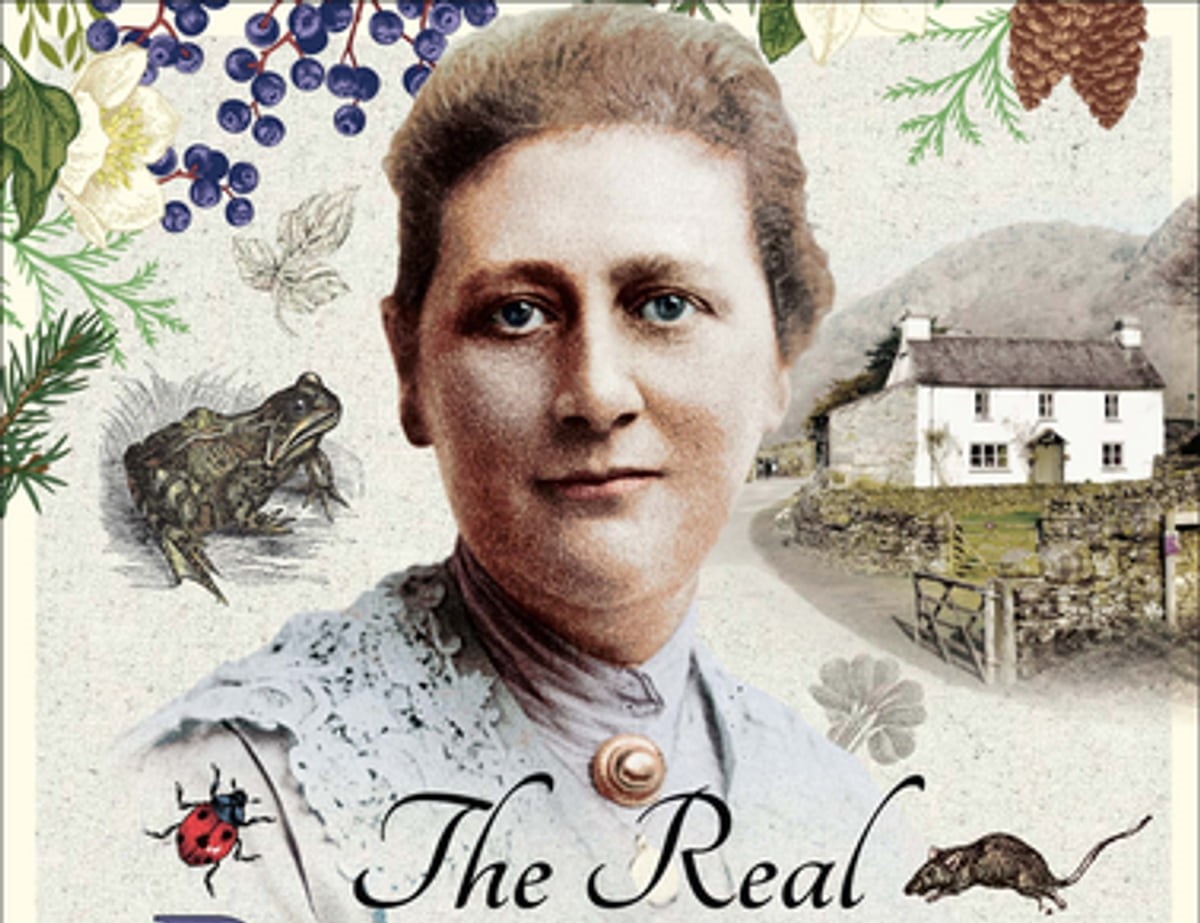Everyone thinks she's the author of children's books: Who is Beatrix Potter?
But she was a microbiologist. The male-dominated world had tried to block her scientific humanity with glass ceilings.

Helen Beatrix Potter (28 July 1866; Kensington, London – 22 December 1943; Sawrey, Cumbria) was an English writer, illustrator, naturalist, and environmentalist. Known for his children's books featuring animals, All the Adventures of Peter the Rabbit is the best known.
However...
Beatrix Potter was not only a writer but also a Microbiologist. But the scientific profession was ignored by the male-dominated 19th-century scientific world.
From Rabbit to Lichen
Beatrix Potter is one of the most beloved storytellers of all time and is the author of books such as The Tale of Peter the Rabbit. However, few people are aware of his fundamental contributions to Mycology, the science of fungi. Beatrix Potter made wonderful mushroom drawings, collected mushrooms, and observed carefully under the microscope. She especially admired lichens. Linnaeus described lichens as the poor peasants of the plant world. Because lichens are not plants, but algae and fungi are symbiotic life forms, an explanation for our lack of scientific understanding of these organisms is painfully obvious.
No Place as a Woman
Potter saw that Linnaeus was wrong, thanks to his detailed experiments. Along with her beautiful illustrations, she explained her findings in the article 'On Germination of Agaricineae Spores'. Despite this, she still did not publish her discovery. Formal scholarly work or membership in one of the scientific societies was virtually out of reach for women in the 19th century. An example of this is the denial of women's access to scientific presentations and the famous Linnean Society Library in London.
Helen Beatrix Potter (28 July 1866 – 22 December 1943) was an English writer, illustrator, natural scientist, and conservationist. She is best known for her children's books featuring animals, such as The Tale of Peter Rabbit, which was her first commercially published work in 1902. Her books, including 23 Tales, have sold more than 250 million copies. An entrepreneur, Potter was a pioneer of character merchandising. In 1903, Peter Rabbit was the first fictional character to be made into a patented stuffed toy, making him the oldest licensed character.
For this reason, Potter's article has never been peer-reviewed. This was because, as they openly stated, Potter was supposedly not equal to men. Over the next century, the Linnean Society apologized and officially acknowledged that Potter's research had been treated with cynicism.
